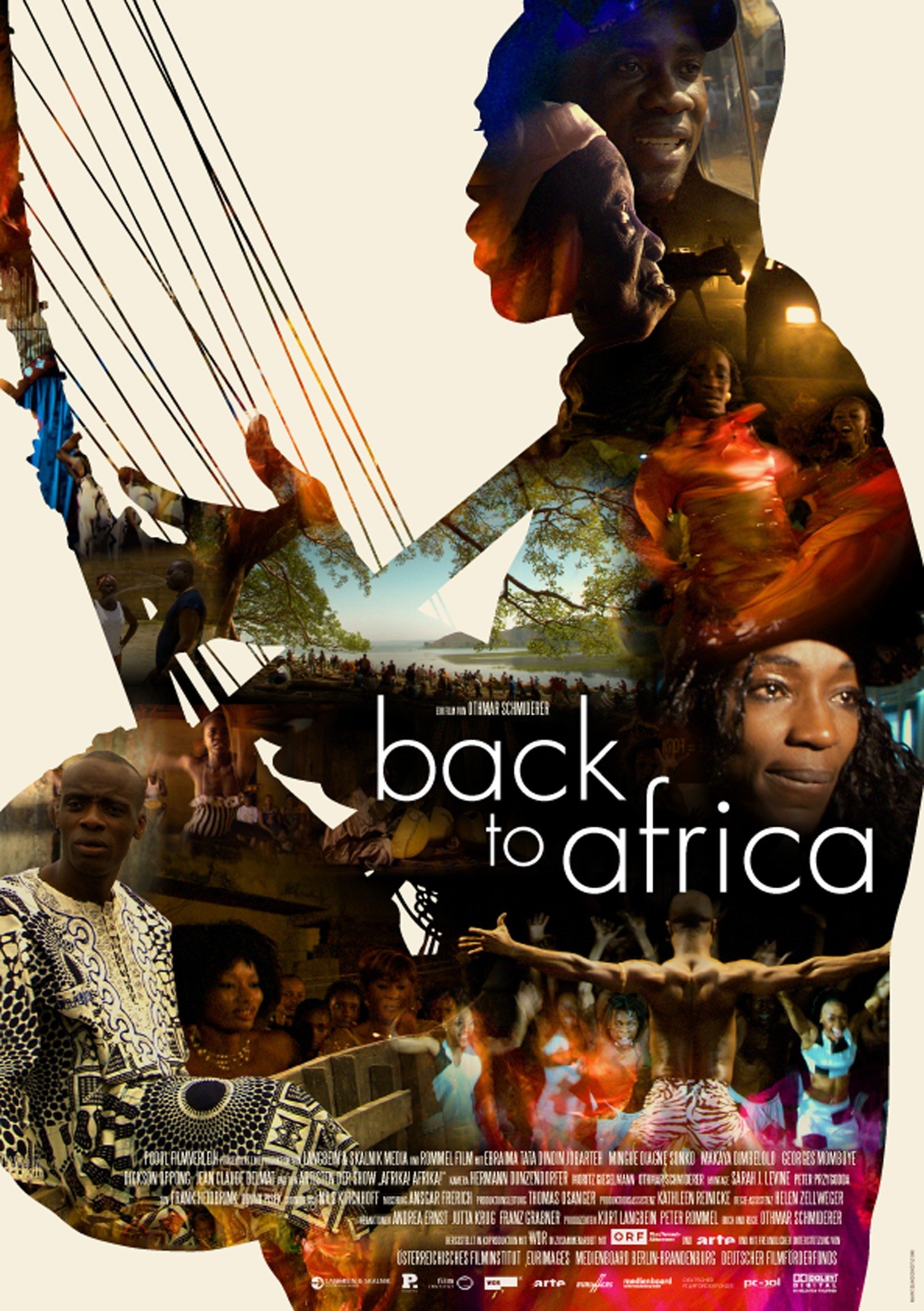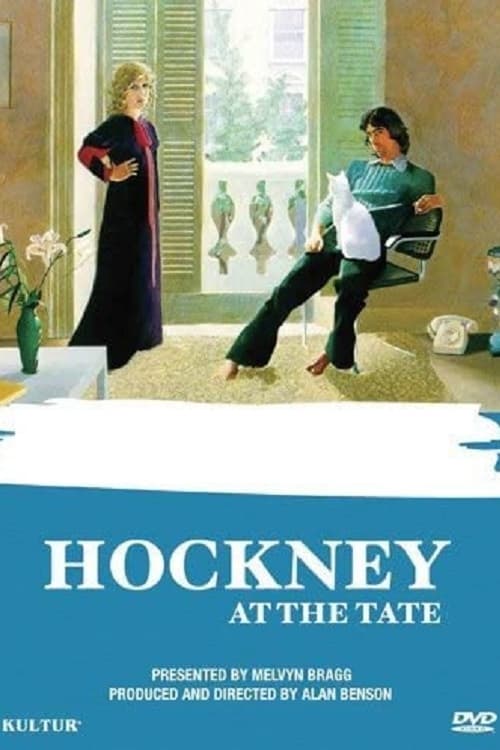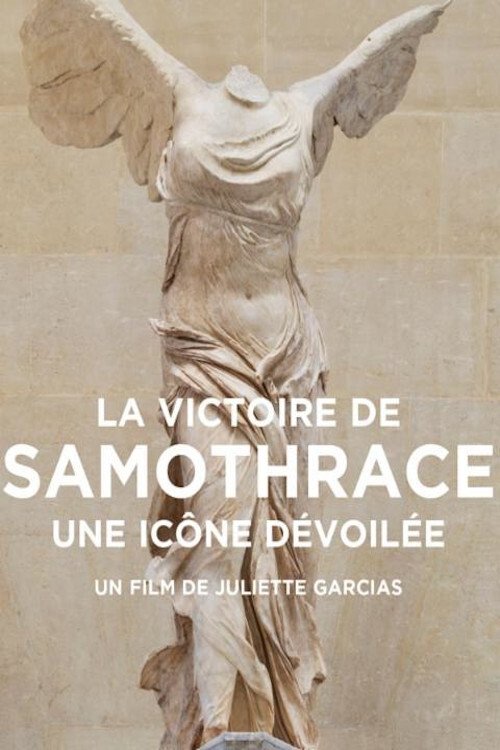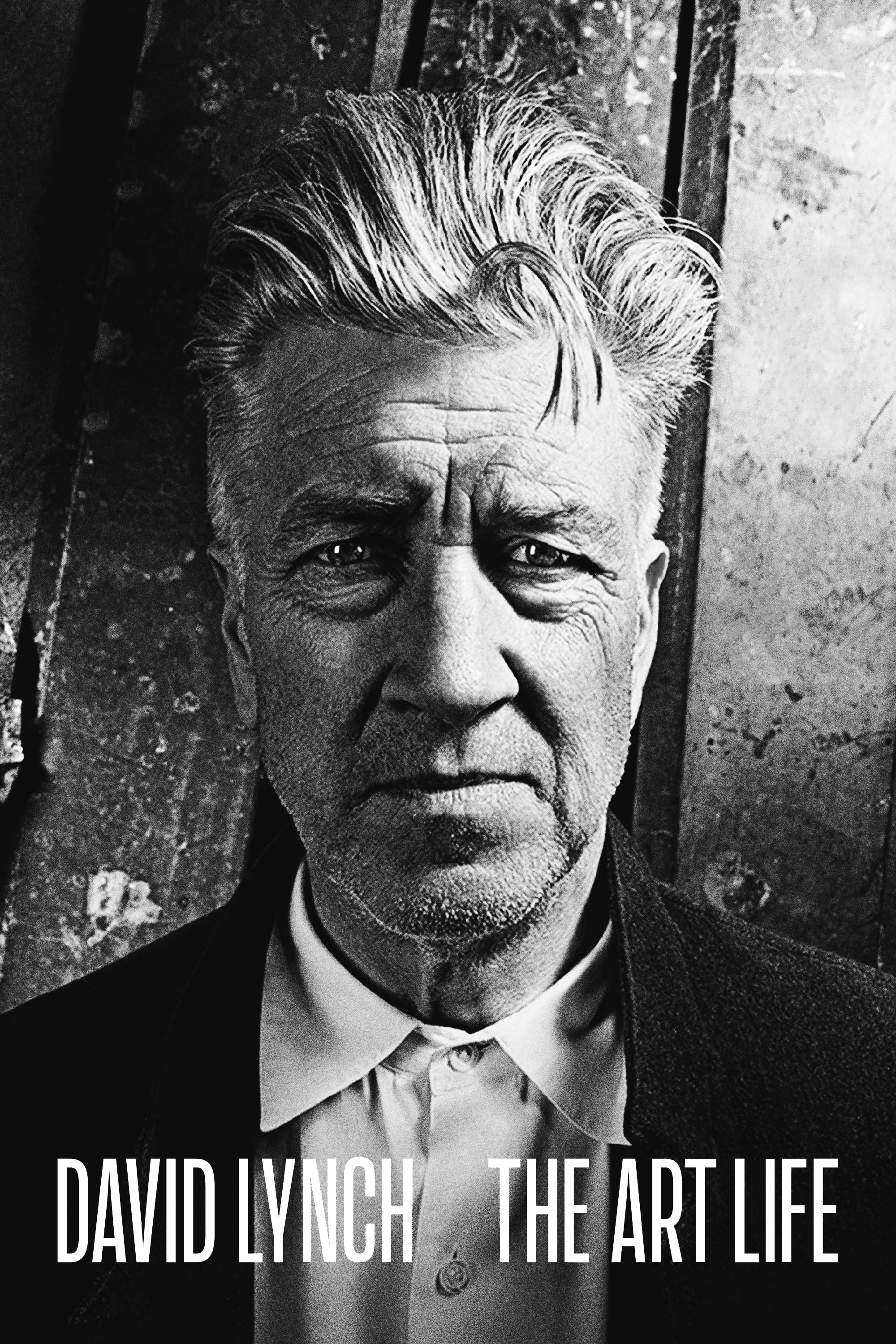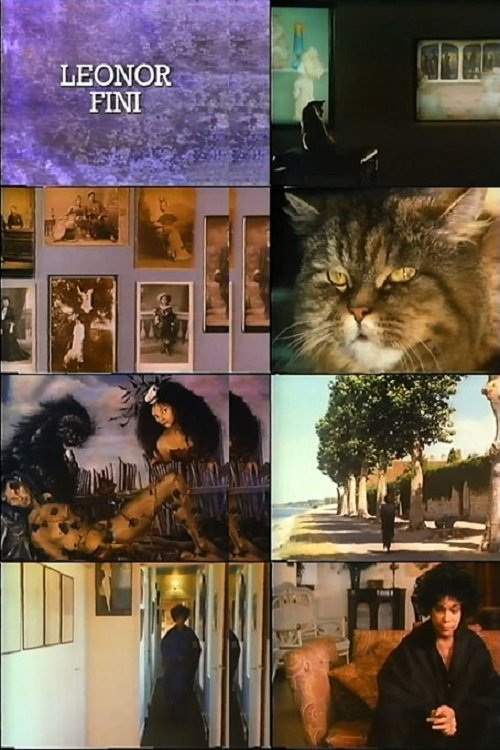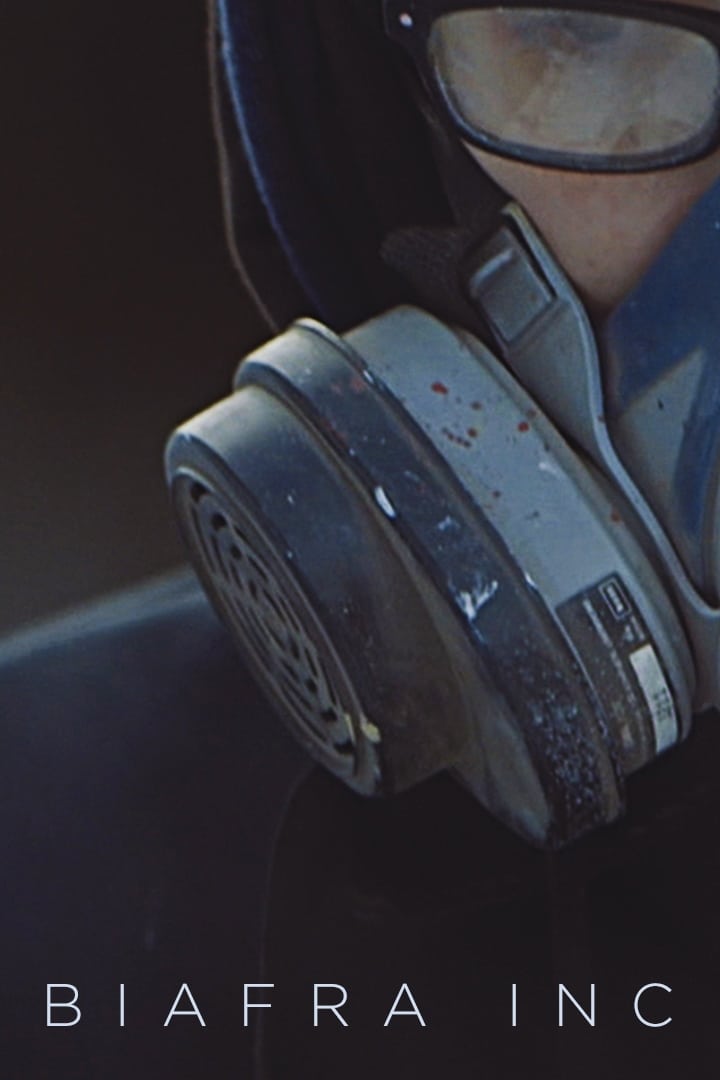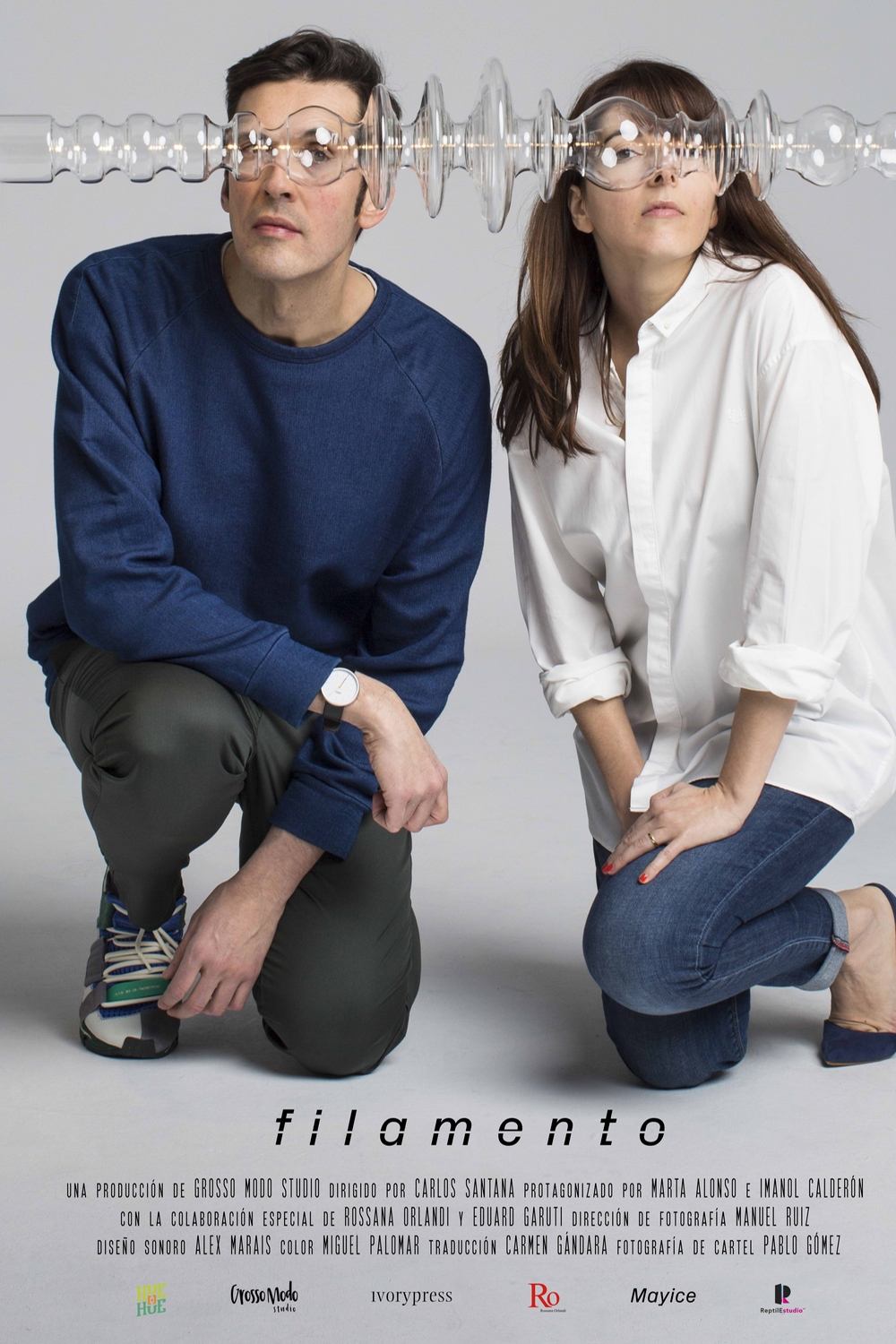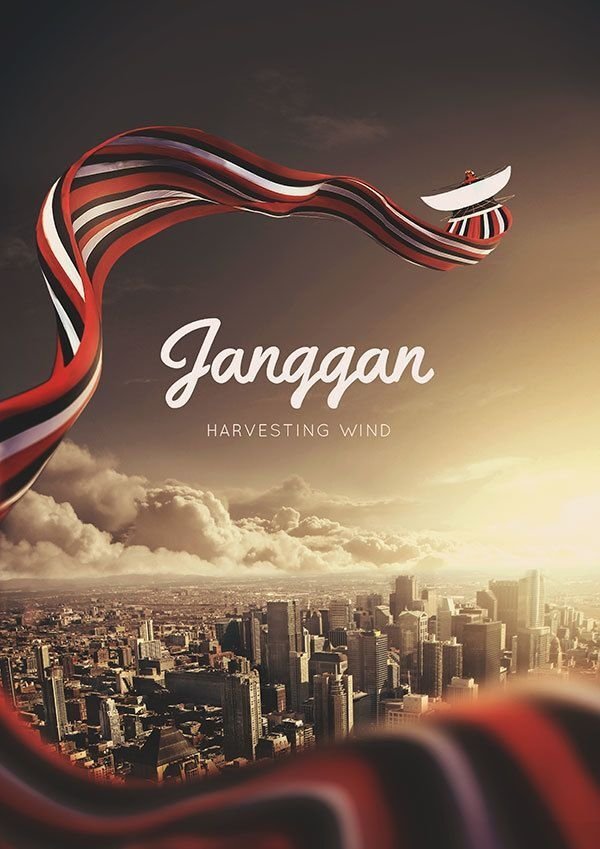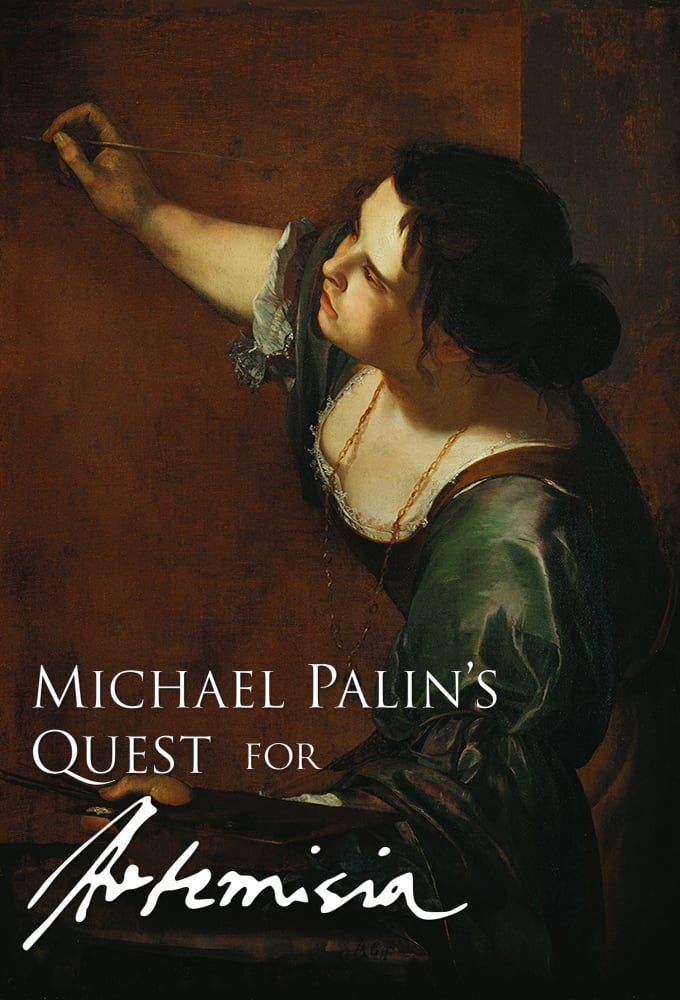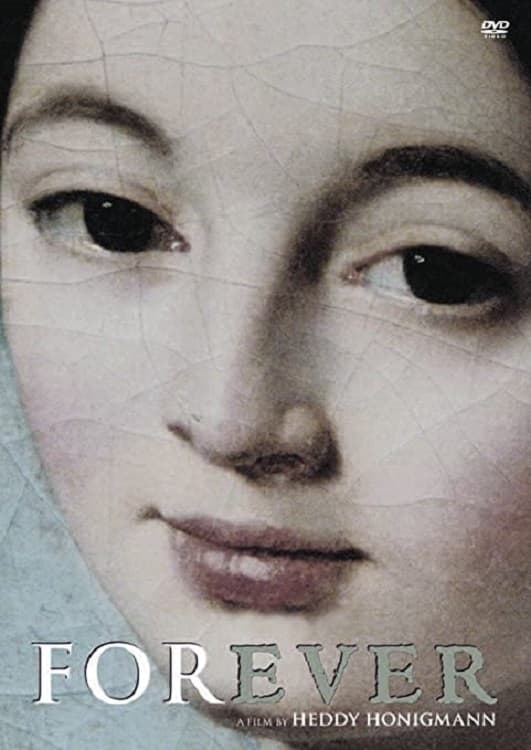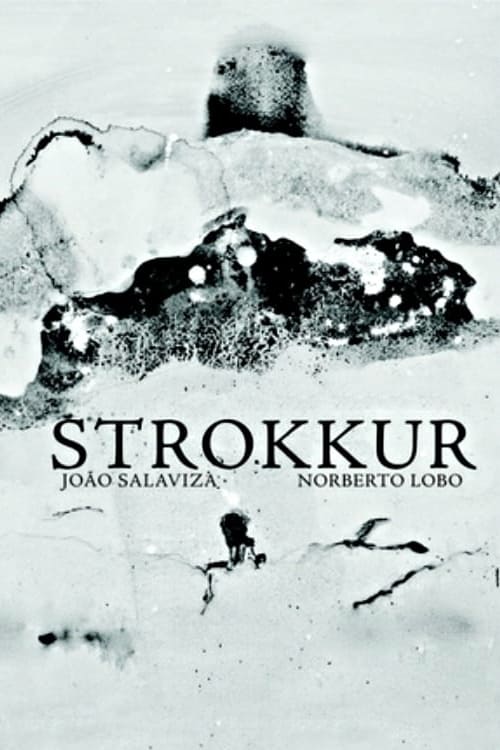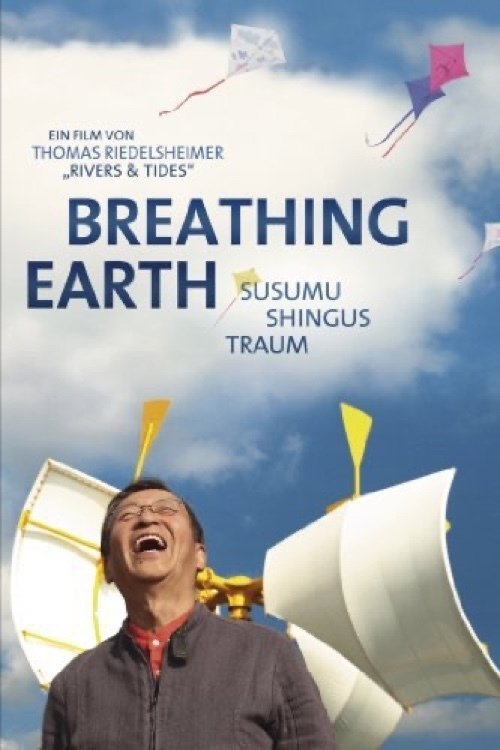
Breathing Earth - Susumu Shingu's Dream (2012)
Overview
Documentary on the work of a Japanese artist and his hopes of creating a wind powered community.
Production Companies
Additional Info
| Budget | $0.00 |
|---|---|
| Revenue | $0.00 |
| Original Language | en |
| Popularity | 0.55 |
Directed By
Thomas Riedelsheimer
Crew
Thomas Riedelsheimer
Thomas Riedelsheimer
Thomas Riedelsheimer
Thomas Riedelsheimer
TOP CAST
Susumu Shingu
Self
Yosuke Shingu
Self
Similar Movies
The Kingdom of Dreams and Madness
Follows the behind-the-scenes work of Studio Ghibli, focusing on the notable figures Hayao Miyazaki, Isao Takahata, and Toshio Suzuki.
Hockney at the Tate
To mark his fiftieth birthday in 1988, London's Tate Gallery staged a major retrospective of his work. Melvyn Bragg joined David Hockney for an exclusive private view of the exhibition and they were filmed discussing pictures from all stages of Hockney's remarkable career.
La Victoire de Samothrace, une icône dévoilée
A documentary about the statue Winged Victory of Samothrace, unquestionably one of the most complete expressions of Hellenistic sculpture
The Art World's Prankster: Maurizio Cattelan
One of the most provocative and elusive figures in contemporary art finds himself the subject of Maura Axelrod's film. Catapulted to worldwide notoriety in 1999 by The Ninth Hour, a sculpture of Pope John Paul II toppled by a meteorite, Maurizio Cattelan's work has bordered on criminal activity (breaking into a gallery and stealing another artist's work) and regularly defies good taste - Him features Hitler in prayer and sold earlier this year for a whopping £12,000,000. Building his career on evasion, trickery and subversion, Cattelan is perhaps not the most reliable of interviewees, but ex-girlfriends, family members, collectors and dealers build a compelling and intimate portrait of an enigmatic figure. Bold, witty and playful as a Cattelan work itself, is this film really all it seems?
Jesus Christ Saviour
Klaus Kinski has perhaps the most ferocious reputation of all screen actors: his volatility was documented to electrifying effect in Werner Herzog’s 1999 portrait My Best Fiend. This documentary provides further fascinating insight into the talent and the tantrums of the great man. Beset by hecklers, Kinski tries to deliver an epic monologue about the life of Christ (with whom he perhaps identifies a little too closely). The performance becomes a stand-off, as Kinski fights for control of the crowd and alters the words to bait his tormentors. Indispensable for Kinski fans, and a riveting introduction for newcomers, this is a unique document, which Variety called ‘a time capsule of societal ideals and personal demons.’
David Lynch: The Art Life
An intimate journey through the formative years of David Lynch's life. From his idyllic upbringing in small town America to the dark streets of Philadelphia, we follow Lynch as he traces the events that have helped to shape one of cinema's most enigmatic directors.
David Hockney: Joiner Photographs
David Hockney is unquestionably one of the most passionate and versatile experimental artists on the contemporary scene. In the late 1970s the British artist developed a pioneering concept which also changed his perspective on painting – his “joiners”. In this film, the artist himself talks about this photographic approach, a kind of Cubism-inspired photocollage which explores the space-time continuum. Hockney allows the viewer to share in the creative “joiner” process and leads us step by step into the universe of his artistic creativity.
Create or Die
In an industry that is becoming increasingly competitive, what drives indie filmmakers to keep creating their art, even when there is no promise of money or fame? CREATE OR DIE explores the insatiable passion to create despite the overwhelming odds through the lens of South Carolina writer and filmmaker David Axe, as he and his band of cast and crew head out into the backwoods of Georgia to shoot his low budget passion project ACORN. But when tragedy strikes on set, doubt and tension threaten to bring an end to their production and their dreams.
Michael Palin's Quest for Artemisia
Michael Palin discovers the story of 17th-century Italian artist Artemisia Gentileschi. He unearths not only her paintings, but a complex and difficult life.
Rolanda Polonsky, Sculptor
Enter the imaginative world of acclaimed sculptor Rolanda Polonsky, who had been a resident of Netherne Psychiatric Hospital in Coulsdon, Surrey for 26 years when this film was made. One of the positive aspects of her illness, described in the film as a schizophrenia, is that it "tapped a deep source of mystical vision and human feeling" which finds expression in her work.
Forever
Père-Lachaise - one of the world's most famous and beautiful cemeteries - is the final resting-place of a gifted group of artists from all eras and corners of the world. Some - such as Piaf, Proust, Jim Morrison and Chopin - are worshiped to this day. Others have fallen into oblivion, or are visited occasionally by a single admirer. In Forever we see the mysterious, calming and consoling beauty of this unique cemetery through the eyes of people of flesh and blood. Many come for their 'own' beloved: husbands, wives, family and friends. Others Honor 'their' artist by leaving behind a personal message or a flower. While admirers share with us the importance of art and beauty in their lives, the graveyard gradually reveals itself as a source of inspiration for the living. Death offers little consolation except for the passing of time, the melancholia of a moss-covered tomb, and the beauty and power of a piece of music, a poem or a painting Written by Cobos
Mudflat
Years ago, artists would walk around the muck at the edge of the San Francisco Bay in Emeryville, and build loads of sculptures out there on the flats, created from driftwood and found objects that drivers would enjoy as they motored south on the old Highway 17 (known in numerous radio ads as 'Highway 17, The Nimitz'). Grabbing material off someone else’s work was considered fair game and part of the fun, and contributed a kinetic dynamic to the ongoing display. Now the place is a park, and the sculptures are gone, but you can see what it used to be like in this neat and funny documentary by Ric Reynolds, augmented by Erich Seibert’s wonderful musique-concrète/time-lapse sequences. The flashback circus sequence includes Scott Beach and Bill Irwin. Sculptors interviewed include Walt Zucker, Tony Puccio, Robert Sommer, Ron & Mary Bradden, and Bob Kaminsky.
Andrew Weyth, The Helga Pictures
Charlton Heston tells the fascinating story of the intertwining of Andrew Wyeth's biography and art. He discusses themes of regeneration and fertility. An overview of Wyeth's place in contemporary art.
Strokkur
In the beginning the idea was to make something from nothing, in a neutral and unknown place. Collect images and sounds instead of producing them. The camera, the microphone and the mini-amplifier: tools that take away and then give back. We defined a rule: the sound shouldn't illustrate the image and the image shouldn't absorb the sound. Less than a hundred kilometres from Reykjavik we found Strokkur. For three days we saw and heard the internal dynamics of the crevice: the boiling water that spat out every seven minutes and the thermal shock, given the eighteen degrees below zero of the atmosphere.
Masks
It is difficult to characterize Slobodan Tišma. He is unique and versatile. He wanders with joy throughout the artistic landscape, drawing it with his words since the early sixties. He started as a poet, he was a conceptualist, an "invisible artist" and a rock musician ("Luna"/"La Strada"- former Yugoslav New Wave bands). Currently, he is a prose writer, and sometimes he engages in minimalistic performances. Wearing different masks he moved from one artistic space to another breaking the stereotypes and creating an aesthetic phenomenon out of his own existence. His mainstay is margin. Through trees and ocean he communicates with the universe. He loves the game of seeking, and hiding again. He is a persistent walker. With his silent steps he pops up daily in the corners of Novi Sad, searching for his own pleasure. Similar to his writings, this film has no formal completeness and comprehensiveness. It wonders who Slobodan Tišma is.
